What Is Cyber Extortion? Tips for Securing Your Data
Pure Storage
DECEMBER 17, 2024
Tips for Securing Your Data by Pure Storage Blog Summary Cyber extortion is a type of cybercrime thats surging. Lack of multi-factor authentication (MFA): Systems without MFA are more vulnerable to unauthorized logins. Activate the incident response plan (IRP) Having a pre-established incident response plan is critical.




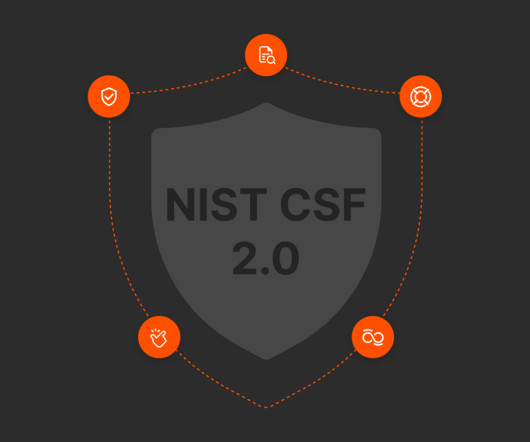




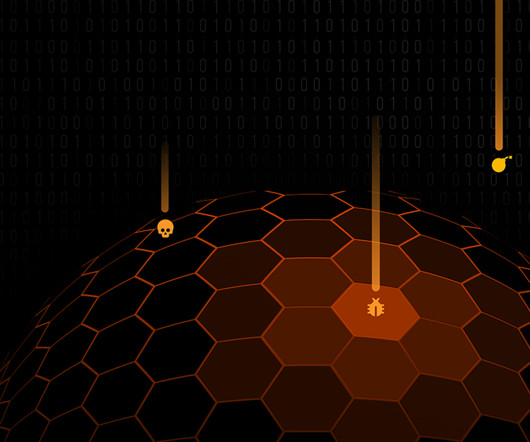




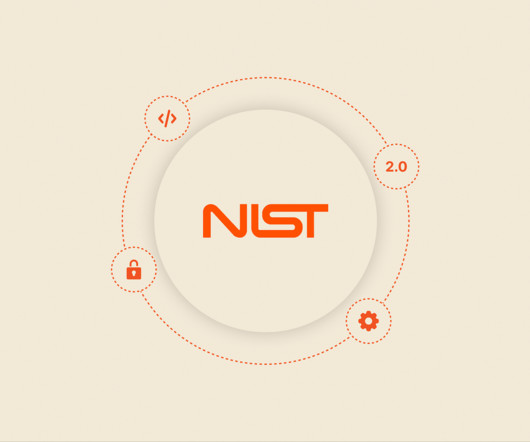
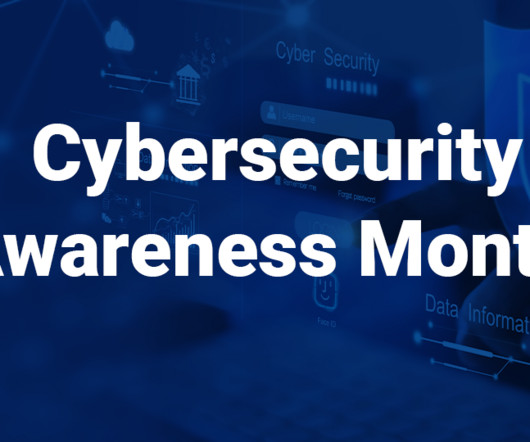






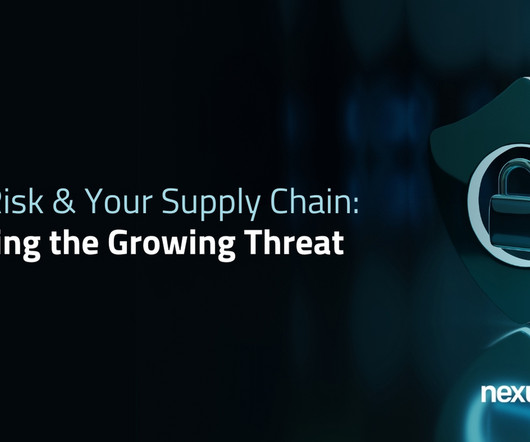





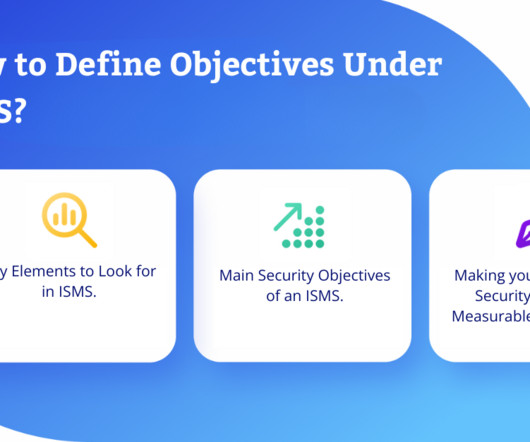










Let's personalize your content